Box Jump
The box jump is one of the greatest full-body exercises for increasing strength, balance, and coordination while burning calories. Utilizing a range of muscular groups, including the quadriceps, hamstrings, glutes, calves, and core, this exercise focuses on developing explosive power. Because they are adaptable to different levels of fitness, box jumps are a mainstay of many training regimens.
Table of Contents
What Is a Box Jump
- In a box jump, you jump from the ground to a box or other raised object. They are a great method to build your lower body strength, increase your explosive power, raise your vertical leap, and generally boost your athletic performance.
- It is important to keep in mind that box jumps are a more challenging exercise and should be performed with caution.
- After a complete warm-up, box exercises should be added at the beginning of the routine for strength- or power-focused workouts. This makes it safer to execute the workout since it guarantees that the muscles they target won’t be overly tired.
Muscles Used While Performing a Box Jump
Jumping exercises, or plyometrics, enhance strength, power, and speed by challenging your muscles to perform at maximum effort.
A typical plyometric exercise includes jumping from the floor onto an elevated surface, such as a box.
This powerful workout focuses on your:
- Quads
- Glutes
- Hamstrings
- Calves
How to Perform a Box Jump
Box jumps require only a plyometric box, a strong chair, a durable bench, or any other stable raised surface. If you’re just starting out, get comfortable using a lower box or platform before progressing to taller ones. Wear shoes that provide the right amount of cushioning, support, and stability, like Asics running shoes.
- The key is to begin with a low box to become familiar with the movement—ideally between 12 and 24 inches high, depending on your strength and confidence.
- Additionally, ensure that the box you select won’t slide or tilt over if you kick it. In principle, any stable chair or bench can be used, since the objective is to land firmly on top of the box or platform. However, you don’t want to grab the edge of a chair with your foot and have the entire thing topple over while you’re trying to land on top of it.
- Theoretically, the exercise is easy. Even though the short jump may seem easy, it’s crucial to acquire the correct form as you advance in box jump height, since it will allow you to do the exercise safely and successfully.
- Strong lower body and core muscular activation, as well as good coordination and attention, are necessary for doing box jumps successfully. Position yourself about six inches from the box, facing it directly. Maintain a ready stance by gently bending your knees and hips, keeping your feet about hip-width apart.
- Easily swing your arms back, shift your hips backward, and bend your knees.
- Explode upward by forcefully pushing off the balls of your feet. While jumping, thrust your arms forward and upward, fully extending your hips and knees to reach the highest elevation.
- Touch down with both feet at the same time, starting with the balls of your feet and finishing with your heels.
- Once you’re standing on the box, ensure your feet are roughly hip-width apart.
- Step down with control—don’t jump—and return to your starting position for the next rep
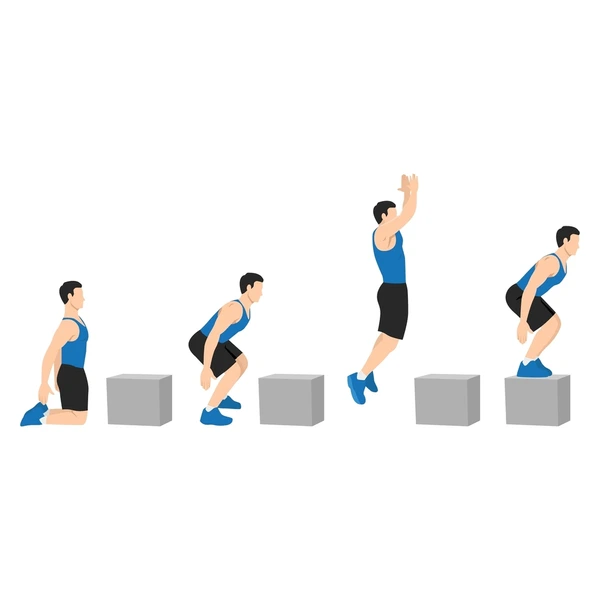
Box Jump Video
Variation While Performing Box Jumps
- Step-ups
- One-legged Box Jump
- Seated Box Jump
- Rotational Box Jump
- Increase Box Height
Step-ups: Try step-ups first if box jumps are still a little difficult. Before moving on to a real box jump, increase the weight and speed as they get easier.
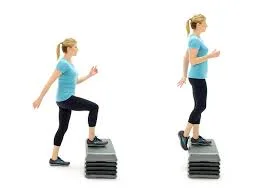
One-Legged Box Jump: Jump using both feet, but land on the box using only one foot. As you proceed, switch up your legs.

Rotational Box Jump: Stand sideways next to the box and jump upward. Then, in flight, spin a quarter revolution to land on top.
Increase Box Height: Box jumps may be made more difficult by just grabbing a higher box! As your strength, power, hip mobility, and vertical jump height increase, you may advance to the next boxing level and continue to push yourself.
Benefits Of Performing a Box Jump
- Builds Explosive Strength
- Enhances Cardiovascular Fitness
- Improves Balance and Coordination
- Burns Calories and Fat
- Boosts Athletic Performance
- Minimal Equipment Needed
Builds Explosive Strength: Box jumps mainly work the fast-twitch muscles that produce explosive movements. For athletes or anybody wishing to increase their strength and speed, this makes them a great workout.
Boosts Cardiovascular Health: Box jumps are intense exercises that elevate your heart rate, strengthen the lower body, and provide an effective cardio workout.
Improves Balance and Coordination: Over time, improved balance and coordination are developed through the accuracy and control required to jump onto a box.
Burns Calories and Fat: As a calorie-burning workout that works several muscle groups at once, box jumps are a great way to lose weight.
Improves Athletic Ability: This plyometric exercise mimics the explosive actions used in sports like basketball, soccer, and track & field, helping to enhance overall athletic performance.
Minimal Equipment Needed: Box jumps are an easy way to include exercise into any routine, whether you’re working out at home or at the gym.
Common Mistakes While Performing the Box Jump
Among the most frequent errors is starting with an excessively high box. First of all, failing to complete the workout is a certain way to lose confidence. You also run a higher risk of trips and falls, kicking the box, falling, or getting cuts on your shins. You may be able to modify the height of your jumps with the use of a CrossFit box’s varied dimensions.
Pregnant mothers should also seek medical advice prior to performing box jumps. Increasing your jump height from the ground and explosive force is the aim, and a 12- or 48-inch box may help you achieve this.
- Jumping Off the Box
- Poor Foot or Knee Alignment on Landing
- Not Experiencing Full Hip Extension as You Jump
- Performing Box Jumps After a Workout
- Using Too Tall Box
Safety And Precautions While Performing a Box Jump
- Spend a few weeks incorporating more subtle plyometric exercises into your warm-up before you begin, such as skipping drills or jumping rope. Before attempting box jumps, these workouts will assist your muscles in becoming used to forceful, high-impact motions. As with other high-impact activities, it’s crucial to wear appropriate sportswear, like a large-breasted sports bra, to assist regulate bounce. As previously said, begin with a low box. For beginners, it’s a safer choice because it lowers your risk of suffering from a variety of possible injuries, such as falls, shin splints, and ACL tears.
- Even though box jumps are normally safe for athletes in good shape, you should wait to try them until your back or lower-extremity issues have subsided.
- In the early stages of pregnancy, your doctor could approve of your continued box jumps and frequent exercise, but as the pregnancy goes on, he or she will likely advise you to reduce them.
- You should definitely wait until after your baby is born and your body has had some time to recover before doing box jumps if you haven’t been exercising or doing this activity while pregnant.
- Limit the number of repetitions; two or three sets of three to five reps should be plenty, particularly if you’re concentrating on form and peak performance.
Summary
- Box jumps are a full-body, dynamic workout that has several advantages, such as burning calories and increasing explosive strength. You may achieve your fitness and health objectives with good technique, changes to keep things interesting, and incorporation into your workout regimen. Put on your sneakers, grab a heavy box, and begin jumping your way to a stronger, more fit version of yourself!
- To maximize the full-body advantages of box jumps and advance your fitness, start including them in your training regimen right now.
FAQ’s
On the surface, it might not seem that jumping onto a high box has anything to do with running far on a flat ground. However, box jumps also make an excellent long-distance running exercise. A distance runner will benefit from the power and core strength that box jumps, a plyometric exercise, provide.
Strengthening your legs may be achieved by performing hip thrusters and other hip hinge exercises, such as deadlifts. Also, squats are fantastic. Perform calf-strengthening activities such as jump rope and calf lifts.
A simple exercise that improves forceful hip and leg extension is the box jump. Box jumps should generally be done in three to ten sets of three to five repetitions each. In weightlifting, they are frequently done toward the conclusion of a training session.
Daily box jump practice can also improve muscular tone, strength, and power. It also strengthens the lower and upper body.
In fact, box jumps are an excellent way to strengthen your heart, and it has been shown that this type of exercise burns calories and fat more effectively than any other.
References:
- Davis, N. (2020, July 24). How to do box jumps the right way — and why you should. Healthline. https://www.healthline.com/health/fitness-exercise/box-jump
- Ascm-Cep, L. W. M. (2023, June 16). How to do box jumps: proper form, variations, and common mistakes. Verywell Fit. https://www.verywellfit.com/how-to-do-box-jumps-4588131
- Basu, S. (2025b, March 28). Box Jumps: Full-Body Workout Benefits, Variations, and Step-by-Step Guide to Mastering Them. Netmeds. https://www.netmeds.com/health-library/post/box-jumps-full-body-workout-benefits-variations-and-step-by-step-guide-to-mastering-them?srsltid=AfmBOopqPcVrWZCoA76y-CTJsWUQp5gqFfgsfo6n9ghRFfN8zN0VuFmi


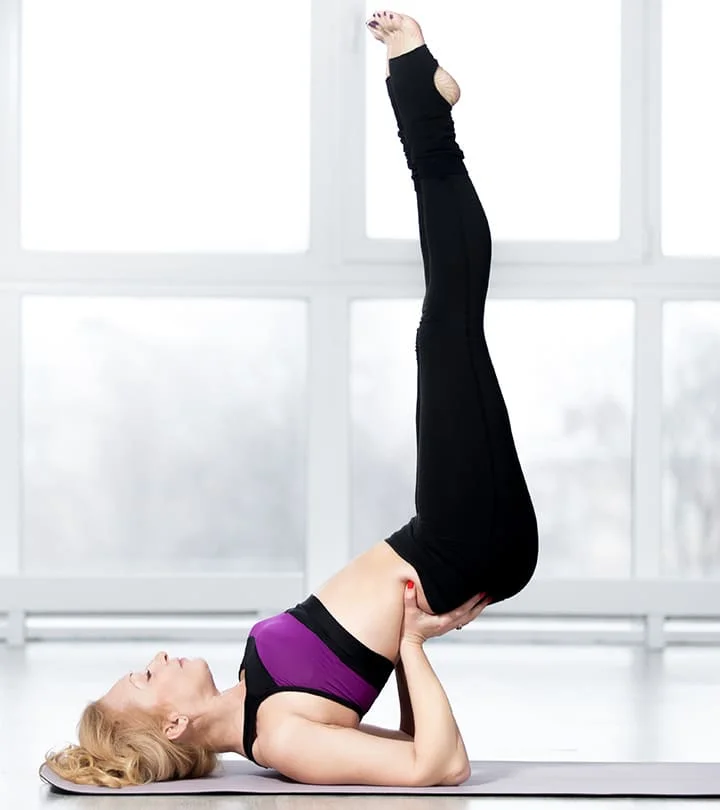
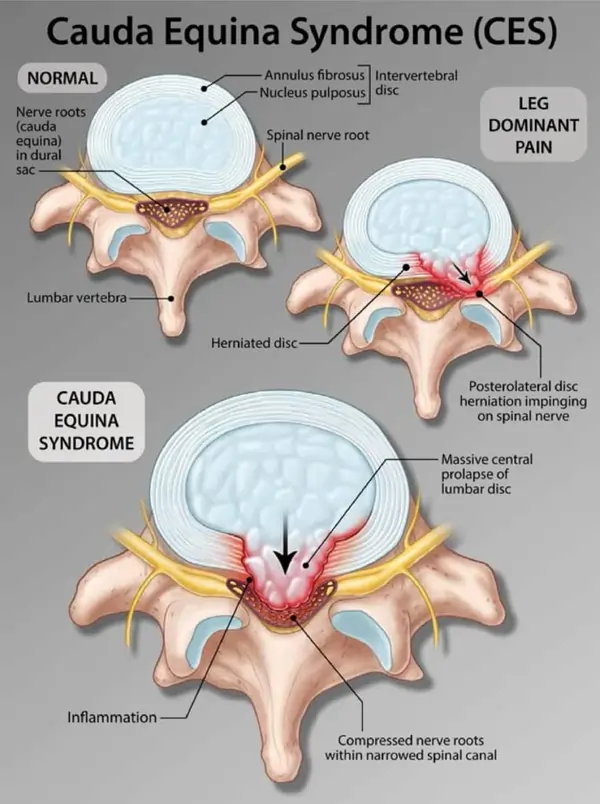


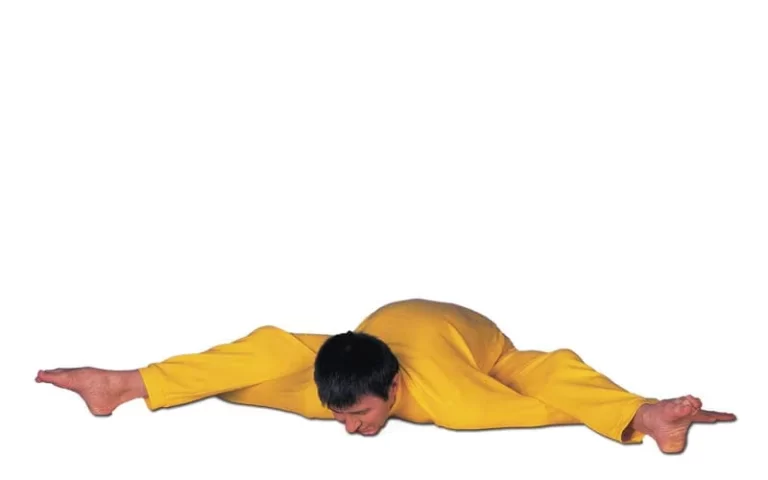

One Comment